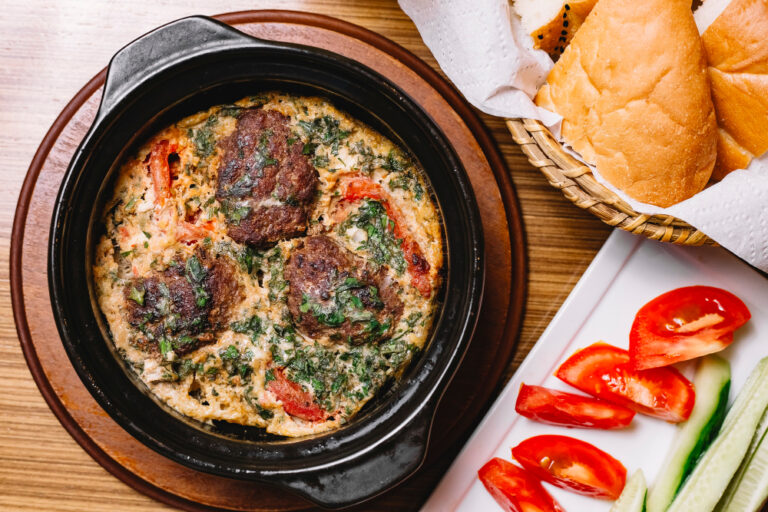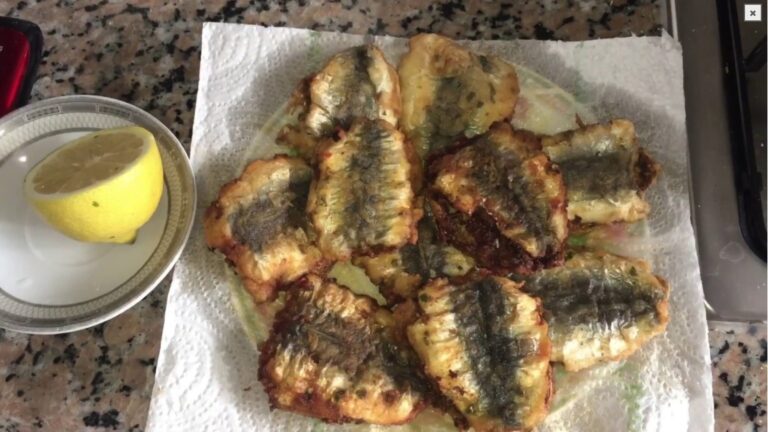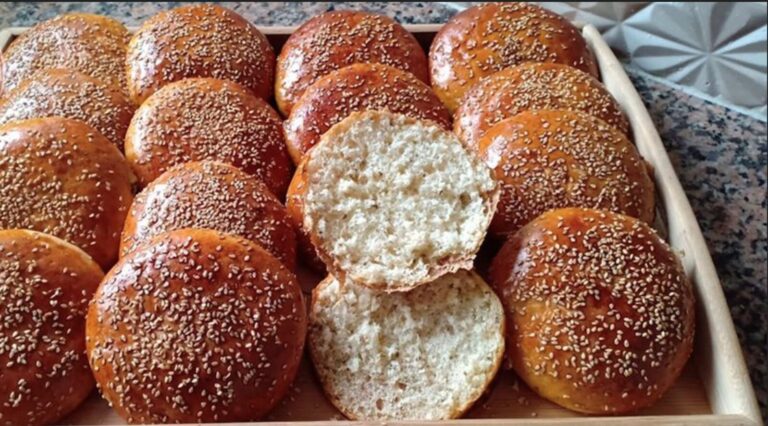
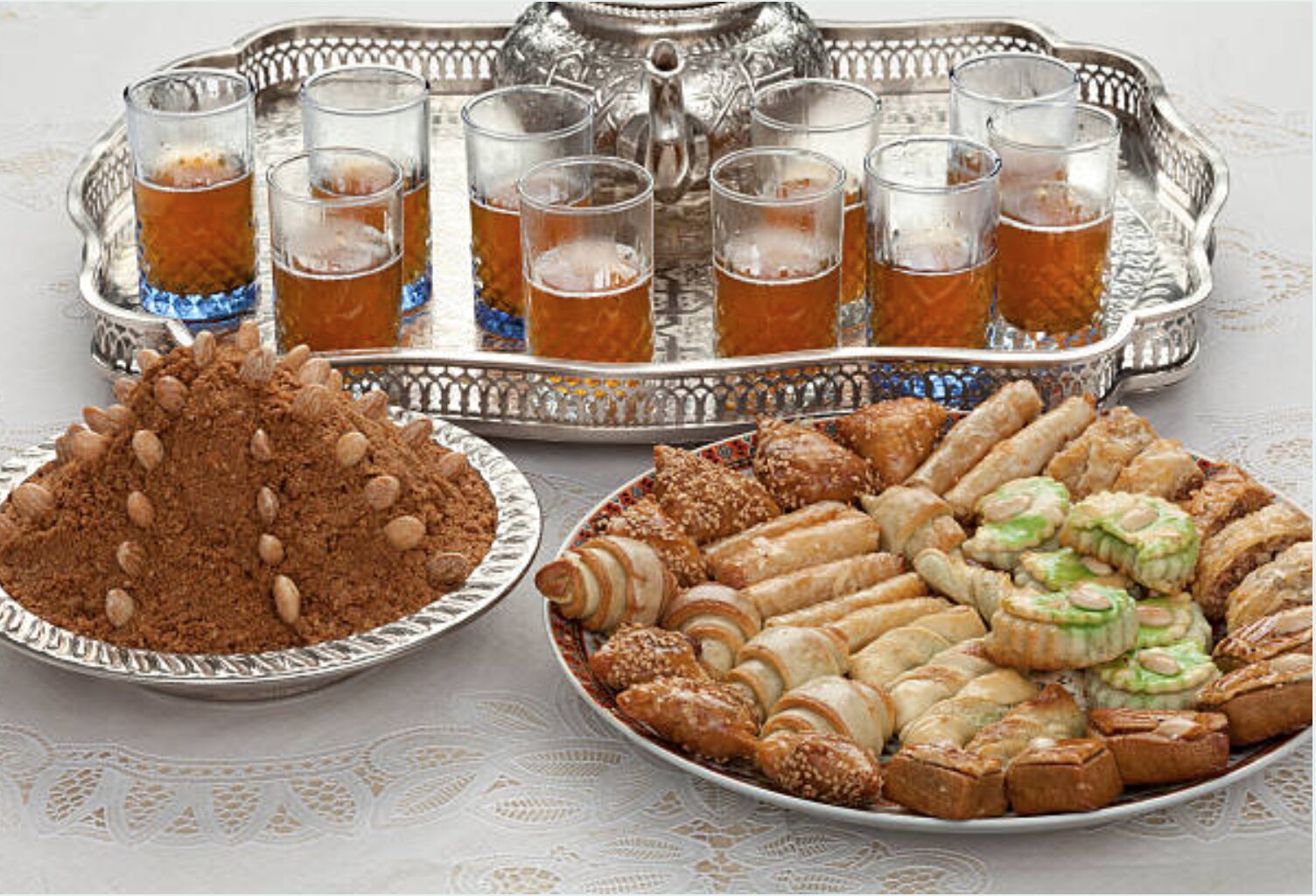
When travelers think of Morocco, colorful souks, the Sahara dunes, and historic medinas often come to mind. But there’s another cultural treasure waiting to be discovered: Moroccan patisserie. These sweets are not just desserts—they are an expression of hospitality, tradition, and artistry. With their fragrant spices, crunchy textures, and honey-drenched flavors, Moroccan pastries make every bite feel like a celebration.
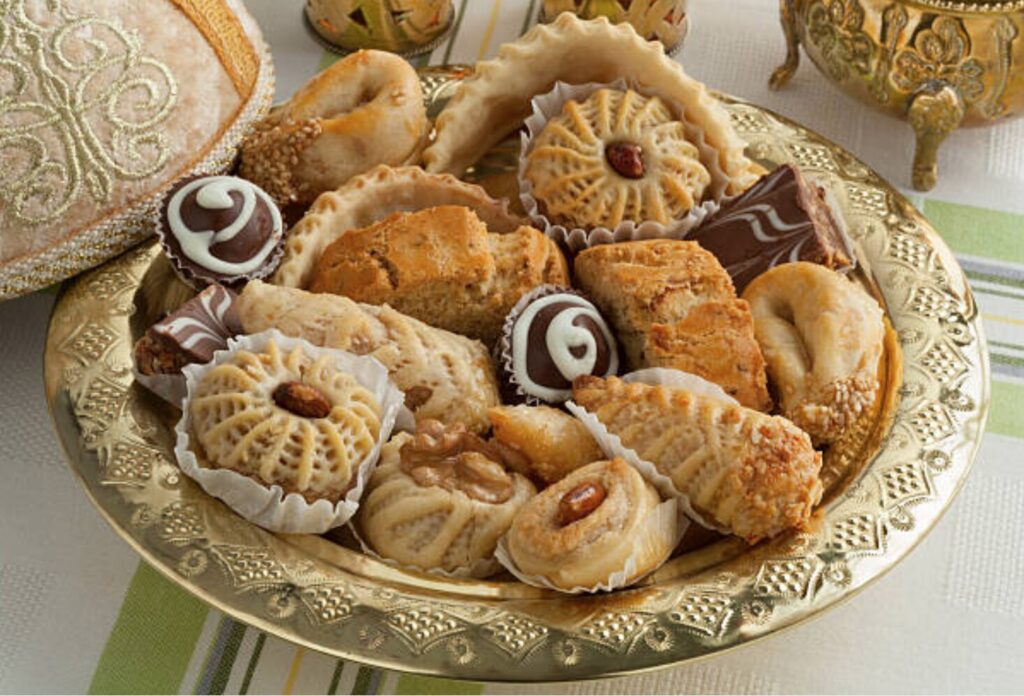
In this article, we’ll explore the history, must-try sweets, cultural insights, and stories connected to Moroccan patisserie, showing why it should be on every traveler’s list when visiting Morocco.
Overview of Moroccan Patisserie
Moroccan patisserie reflects centuries of influences, blending Arab, Andalusian, Berber, and even French traditions. From flaky phyllo-based bites to nut-filled delights, these pastries embody the diversity of Moroccan cuisine.
A Moroccan tea session is incomplete without patisserie, often paired with a pot of green tea infused with fresh mint. For Moroccans, serving sweets to guests isn’t just about food—it’s about sharing joy, respect, and warmth.
Many of these pastries are handmade using almonds, sesame seeds, orange blossom water, cinnamon, and honey. Their unique flavors set them apart from European desserts while still carrying the refinement of French patisserie techniques introduced during the colonial period.
Must-See Attractions and Sweet Experiences
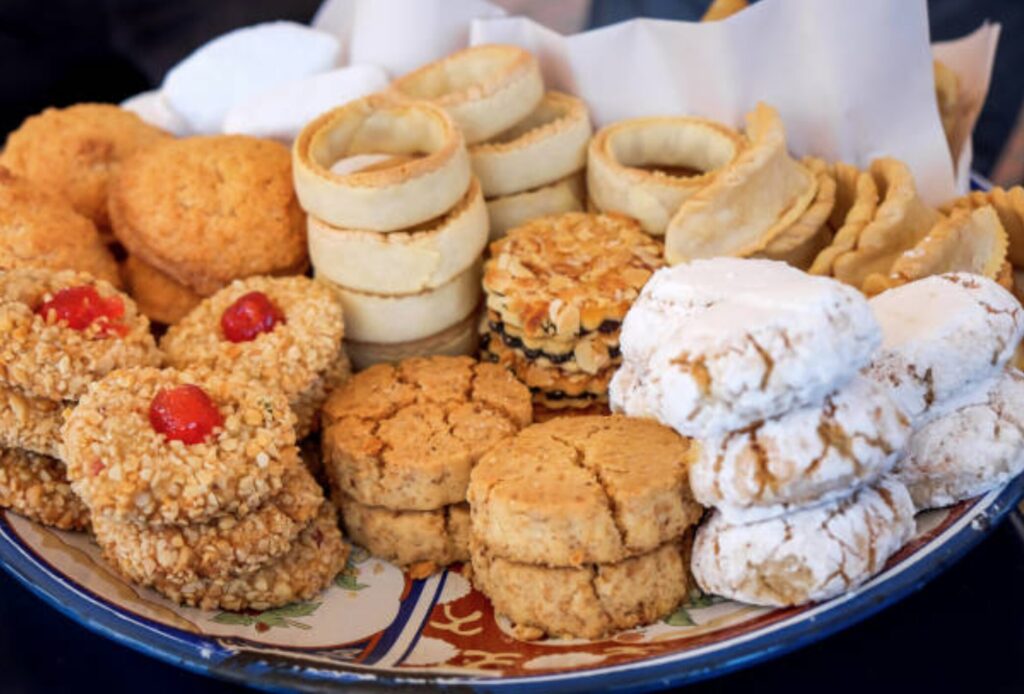
Gazelle Horns (Kaab el Ghazal)
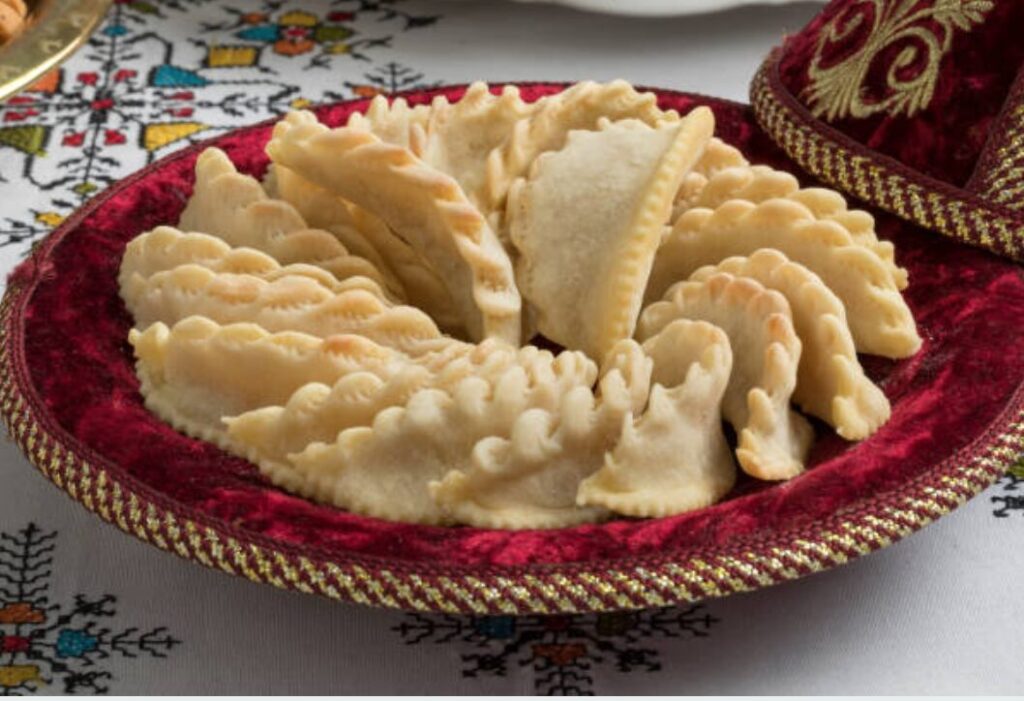
These crescent-shaped almond-filled cookies are among Morocco’s most iconic pastries. Soft and delicately flavored with cinnamon and orange blossom water, they symbolize elegance and are a staple at weddings and festive occasions.
Chebakia
Fried dough twisted into flower shapes, coated in honey, and sprinkled with sesame seeds—chebakia is often associated with Ramadan, when families gather to break their fast with this rich, syrupy treat.
Mhancha (“The Snake”)
This large coiled pastry, resembling a serpent, is filled with almond paste and flavored with orange blossom water. It’s sliced like a cake and often reserved for special celebrations.
Briouats
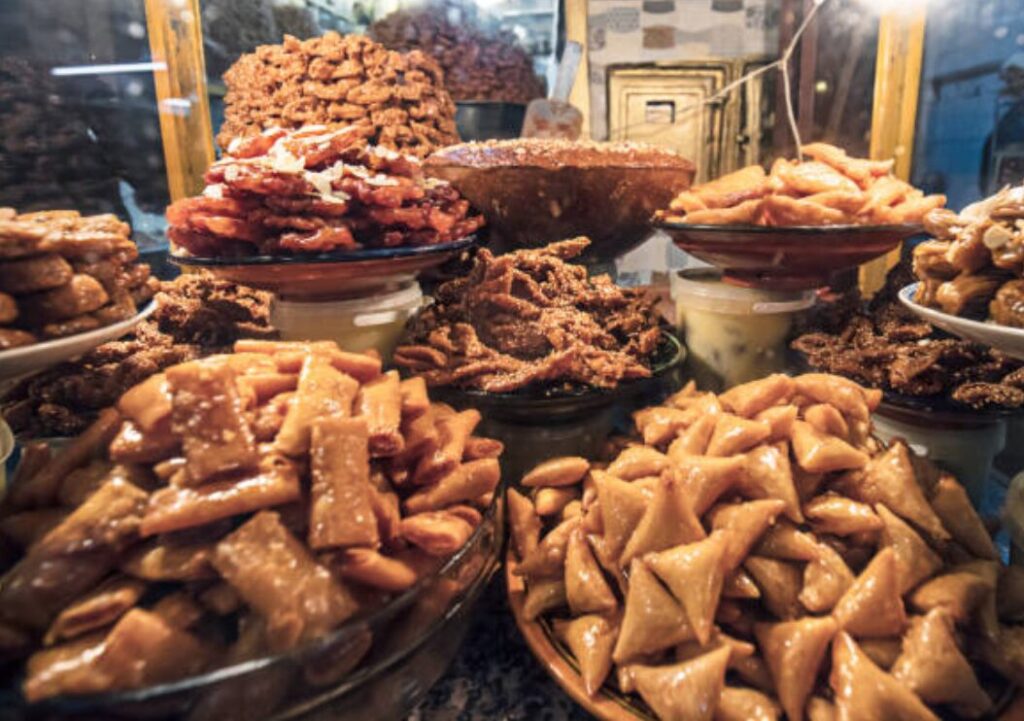
Bite-sized triangles made of filo pastry, filled with almonds, sugar, and cinnamon, then fried and dipped in honey. Savory versions also exist, but the sweet ones are a traveler’s favorite.
Fekkas
These crunchy twice-baked cookies, similar to Italian biscotti, often contain almonds, sesame seeds, and raisins. They are the perfect accompaniment to Moroccan mint tea.
Travelers exploring Marrakech or Fez will find bakeries overflowing with these delights, each shop offering its unique twist on classic recipes.
Travel Tips and Cultural Insights
- Tea Rituals: Moroccan patisserie is rarely eaten alone. Always enjoy it with a glass of sweet mint tea, poured theatrically from a height into small cups.
- Seasonal Sweets: Some pastries, like chebakia, are tied to specific times of the year (Ramadan, weddings, or festivals). Ask locals about seasonal specialties.
- Buy Fresh: For the best experience, buy from traditional pastry shops in medinas rather than supermarkets. In cities like Rabat or Casablanca, family-run bakeries remain the guardians of authentic recipes.
- Gift Culture: Sweets are a common gift when visiting Moroccan homes. Beautifully wrapped boxes of patisserie symbolize respect and appreciation.
Real-World Examples and Traveler Stories
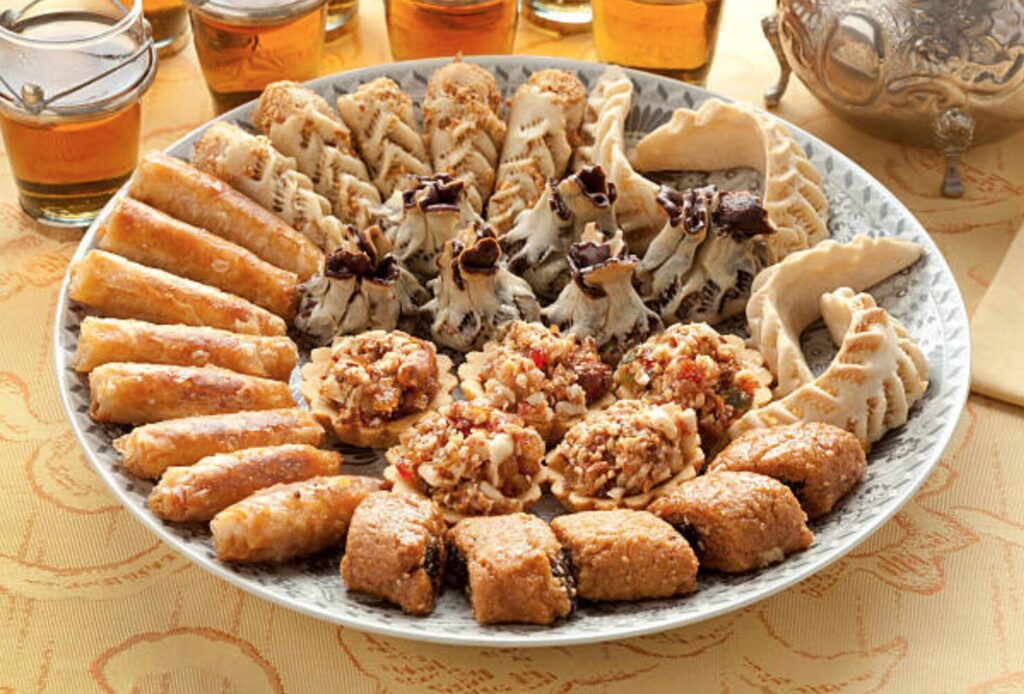
Many travelers recall their first Moroccan patisserie experience as unforgettable.
A French visitor to Essaouira once described tasting a fresh kaab el ghazal as “biting into the soul of Morocco.” Another tourist in Marrakech recalled being offered briouats during a wedding celebration and being struck by the warmth of Moroccan hospitality—where sharing pastries becomes a bridge between cultures.
Cooking classes across Morocco also allow visitors to learn how to prepare these sweets themselves. Rolling out phyllo dough, stuffing almonds, and dipping fried chebakia into golden honey gives travelers a deeper connection to Moroccan traditions.
Future Travel Recommendations and Seasonal Insights
The best time to experience Moroccan patisserie is during cultural events and religious celebrations.
- Ramadan: Streets come alive with the aroma of chebakia and sellou, a nourishing mix of toasted flour, almonds, and honey.
- Weddings: Tables overflow with pastries, from briouats to mhancha, as families celebrate together.
- Festivals: Cities like Fez and Marrakech often host food festivals where visitors can sample regional pastry variations.
If you’re planning a trip, consider joining a guided food tour. Not only will you taste the classics, but you’ll also hear the stories behind them, learning how Moroccan patisserie has been shaped by centuries of cultural exchange.
FAQ about Moroccan Patisserie
What is the most famous Moroccan pastry?
Gazelle horns (kaab el ghazal) are considered the most famous, known for their delicate almond filling and crescent shape.
Are Moroccan pastries very sweet?
Yes, many are sweet due to honey, sugar, and dried fruits. However, their balance of spices and nuts creates complexity, not just sugariness.
Where can I try authentic Moroccan patisserie?
Medina bakeries in cities like Marrakech, Fez, and Rabat are the best places. Local families also bake pastries for weddings and religious holidays.
Do Moroccan pastries include gluten-free options?
Traditional pastries often use wheat flour, but almond-based ones like gazelle horns can be adapted for gluten-free diets.
Can travelers learn to make Moroccan patisserie?
Yes, many cooking schools across Morocco offer pastry workshops, giving travelers a hands-on experience in preparing traditional sweets.
Conclusion
Moroccan patisserie is more than dessert—it’s a gateway into Moroccan culture, hospitality, and celebration. Whether savoring chebakia during Ramadan, biting into a crunchy fekkas with tea, or sharing a mhancha at a wedding, travelers will find sweetness that stays long after the last bite.
Next time you visit Morocco, don’t just explore the medinas and dunes—make sure to embark on a sweet adventure through the country’s pastry shops. Let the flavors of almonds, honey, and orange blossom water guide you into the heart of Moroccan tradition.
-Ready to discover more? Plan your Moroccan journey, taste authentic patisserie, and let every bite become a story worth telling.

